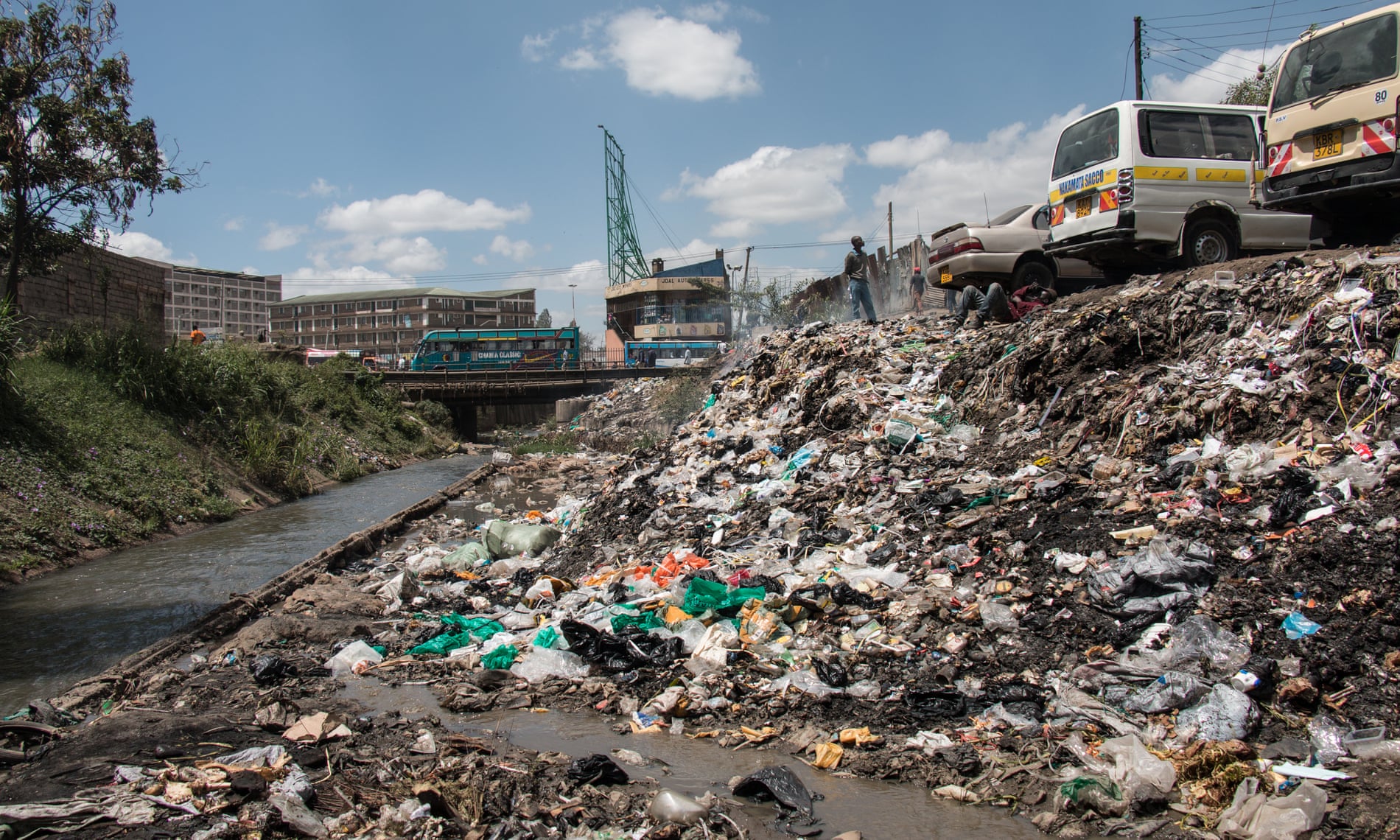Last week, I wrote about where
the ingredients from the roast beef sandwich came from and what impact these
ingredients had on the environment. This
week, I’ll explain why one of my favorite meals, the roast beef sandwich, is an
environmental problem. I’ll also explore
both macro and micro level solutions to this problem.
 |
| Because it's a stronger greenhouse gas than Carbon Dioxide, Methane's effects are much worse than shown by this pie chart. (EPA) |
The main reason why one of my
favorite meals, the roast beef sandwich, is an environmental problem is the
main ingredient roast beef. Cheese is
also a part of the problem for the same reason as both ingredients come from
cattle. While the other ingredients on
the sandwich such as wheat, tomato, and lettuce do impact the environment, particularly
through the use of water supplies and fertilizers to grow them, the impact beef
and cheese has is much worse. This is
largely due to the fact that cattle are corn fed and produce methane, a
greenhouse gas even worse than carbon dioxide. (BC Farms& Food) Methane from agricultural activities, cattle in particular, account for
16% of greenhouse gases emissions. (EPA)
The fact that cattle also are fed corn means that all the problems
associated with the other ingredients also applies to beef and cheese.
| A more accurate image of how potent Methane is compared to Carbon Dioxide (BC Farms& Food) |
There are ways we can minimize
the environmental impacts of beef based foods like roast beef sandwiches. At the national and global level, there is
not much we can do to encourage less consumption of red meat, as it could be
seen by people as government overstepping its authority by telling people what
to eat. However, we can do something about
cheese. Unlike beef cattle, which are
raised solely to be slaughtered for food, dairy cattle can live up to 20 years.
(Midwest Dairy) Dairy cattle oftentimes do not live this long, mostly due to issues
with animal welfare. (milkproduction.com) National and global regulations can
help improve the quality of life of these animals, increase their production,
and reduce the impact of consuming dairy products on the environment. Of course, getting anything done at the
national level is hard due to politics and lobbying groups.
At the local level, the best
solution is to bring awareness to the issues of consuming red meat and its
impacts on the environment. This can be
done in a multitude of ways. Schools are
some of our best resources to expand awareness. Teaching children from a young
age on how their choices can affect the environment is a good way to start. Petitioning local grocery stores and food markets
is also a good way to raise awareness.
Perhaps labels can be added to food products that show the environmental
impact of food items similar to how they have labels to help people decide what
is best for their own health. The
overall impact of this might be hard to get companies on board with, especially
if they don’t see how it will benefit them, but overtime eating environmentally
could become as popular as eating healthy.
At the individual level, several
things can be done. While working on the
individual level has the smallest effects, it still helps. Encouraging people to become vegetarian is
often suggestion to issues regarding meat products, but not everyone is willing
to change their diets so easily. I for
one won’t be becoming a vegetarian anytime soon. However, simply reducing the amount of meat a
person eats in their diet can help too.
As for me personally, I don’t eat roast beef as often as I’d like to,
and that’s probably a good thing for the environment.
Sources

